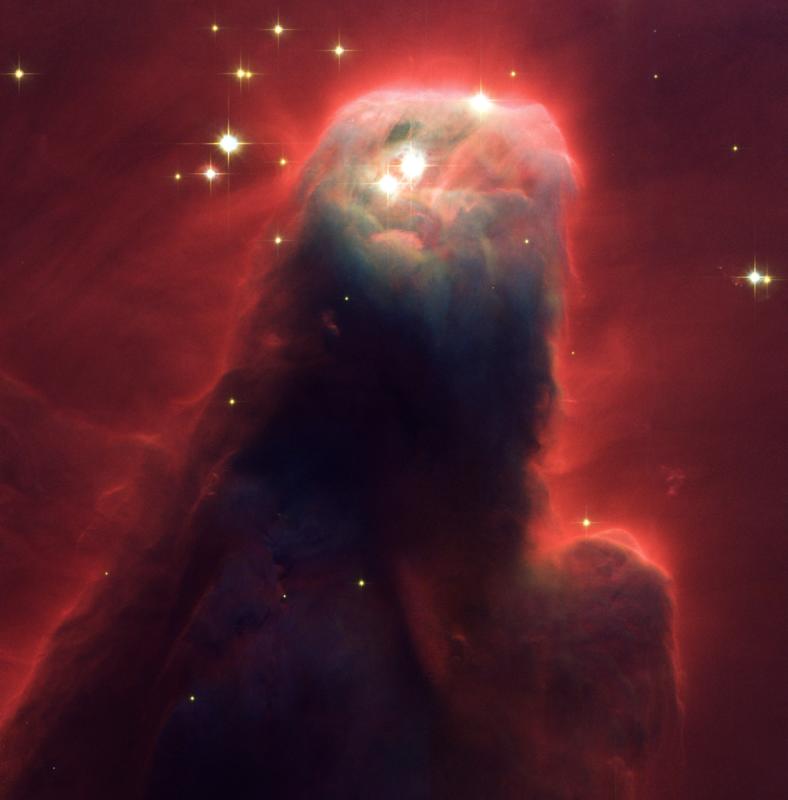Testing Magnetars
By BellatrixMagnetars are a bizarre form of star, with mysteries that have eluded astronomers for a long time. Recently with the help of the European Space Agency’s XMM Newton and Integral Satellite astronomers have been able to test and explain one of the unknown aspects of what magnetars are really doing.
Magnetars are a special kind of neutron star. Neutron stars, for a quick reminder, are what is left after a massive star dies in a supernova. They are very small, maybe 20 km in diameter, but very dense, a teaspoon worth of neutron star would weigh about one hundred million tons. Magnetars form a special class of neutron stars that have incredibly strong magnetic fields, about a thousand times stronger than that of a normal neutron star, and they have incredibly fast rotation. Magnetars are also known to shine bright in X-rays, but scientists have been unable to test any theories because they are unable to reproduce the strong magnetic properties in a lab.
We have found about 15 magnetars. One type known as SGR, or soft gamma repeaters, sporadically release bursts of short gamma rays and hard x-rays. The other type is known as AXPs, or anomalous X-ray pulsars, pulse periodically with x-rays. While once thought to be two different objects we now know they share many of the same properties. Magnetars strong magnetic fields are thought to be so strong that they can twist the crust of the star. This twist would produce currents in the form of a cloud of electrons flowing around the star. Its thought that these currents interact with radiation coming from the stellar surface to produce x-rays.
Using data from XMM Newton and Integral astronomers have looked at all known magnetars and actually found evidence of these electron clouds. They found that the electron density around these magnetars is about a thousand times stronger than for a normal pulsar. They were also able to measure the velocity of the electron clouds going around the magnetars.
This data has provided scientists the chance to find a link between an observed phenomenon and the physical process behind it. The team is now working to try and develop more detailed models of what exactly is happening on the surface of the magnetar. These objects are very bizarre and are an example of a celestial object with extreme conditions. It is something that challenges current theories and provides us with examples of new and interesting phenomenon that we could never observe on earth. Studying the is an exciting and interesting challenge for astronomers and physicists.

